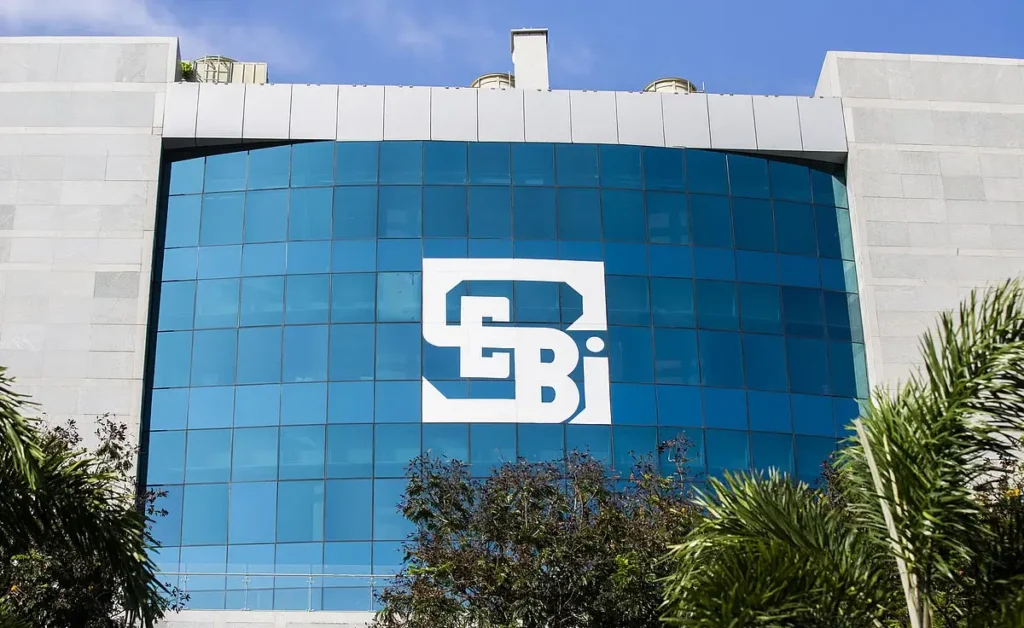The Securities and Exchange Board of India (SEBI) has disseminated a consultation paper dated February 13, 2025, delineating proposed regulatory augmentations for ESG Rating Providers (ERPs)[1]. The draft circular, encapsulated in Annexure A, articulates pivotal modifications designed to fortify the operational integrity, transparency, and methodological robustness of ERPs.
Rationale for SEBI’s Consultation Initiative
- ESG ratings constitute an integral component of contemporary investment strategies, providing critical insights into an entity’s environmental, social, and governance (ESG) performance.
- SEBI has received substantive representations from ERPs seeking elucidation regarding the extant regulatory framework articulated in the Master Circular issued on May 16, 2024.
- The proposed refinements aim to harmonize disclosure practices, reinforce governance mechanisms, and ensure procedural consistency in ESG rating methodologies.
Salient Features of the Proposed Regulatory Framework:
1. Parameters Governing ESG Rating Withdrawal
- ERPs adopting the Subscriber-Pays model may execute rating withdrawals solely in the absence of active subscriptions at the time of withdrawal.
- ERPs adhering to the Issuer-Pays model must satisfy the following stipulations:
- In the context of securities: The rating must have been assigned continuously for a minimum of three years or 50% of the security’s tenure, whichever is greater, and must obtain a No-Objection Certificate (NOC) from 75% of bondholders by value.
- For corporate issuers: Ratings can only be withdrawn after a sustained three-year period of assessment.
2. Disclosure Obligations for ESG Rating Rationales
- ERPs operating under a Subscriber-Pays framework may restrict access to detailed rating rationales exclusively to their subscribers rather than making them publicly accessible.
- Notwithstanding, all ERPs are mandated to disclose fundamental rating attributes, including issuer identity, sector classification, ESG rating assignment, and rating issuance date, on publicly available platforms.
- Stock exchanges shall be required to host a dedicated repository of ESG ratings on their websites, segmented for both corporate issuers and debt instruments.
3. Internal Auditory Compliance for ERPs
- ERPs must conduct periodic internal audits to uphold regulatory adherence and operational veracity.
- Category-II ERPs (typically emergent or smaller-scale entities) are accorded a two-year deferment before mandatory compliance with internal audit requirements.
4. Governance and Oversight Enhancements for ERPs
- ERPs are required to institute an ESG Ratings Sub-Committee and a Nomination and Remuneration Committee (NRC) to ensure stringent governance protocols.
- Category-II ERPs are provisionally exempted for a two-year moratorium before compliance with these governance structures becomes obligatory.
- In the interim, governance responsibilities typically assigned to these committees shall be overseen by the ERP’s board of directors.
Regulatory Implementation and Stakeholder Engagement
- The proposed circular shall be operationalized immediately upon finalization.
- SEBI has solicited public commentary regarding the proposed amendments.
- Stakeholders must submit their responses no later than March 6, 2025, via SEBI’s online consultation portal.
Conclusion
SEBI’s regulatory enhancements seek to elevate the credibility, transparency, and analytical rigor of ESG rating mechanisms. The proposed amendments endeavour to streamline the procedural efficacy of rating withdrawals, refine disclosure mandates, and instil robust governance standards within the ERP ecosystem. Given the escalating prominence of ESG considerations in investment paradigms, these regulatory refinements are poised to align India’s ESG rating framework with globally acknowledged best practices.
[1] https://www.sebi.gov.in/reports-and-statistics/reports/feb-2025/consultation-paper-on-draft-circular-on-strengthening-of-esg-rating-providers-erps-_91876.html

